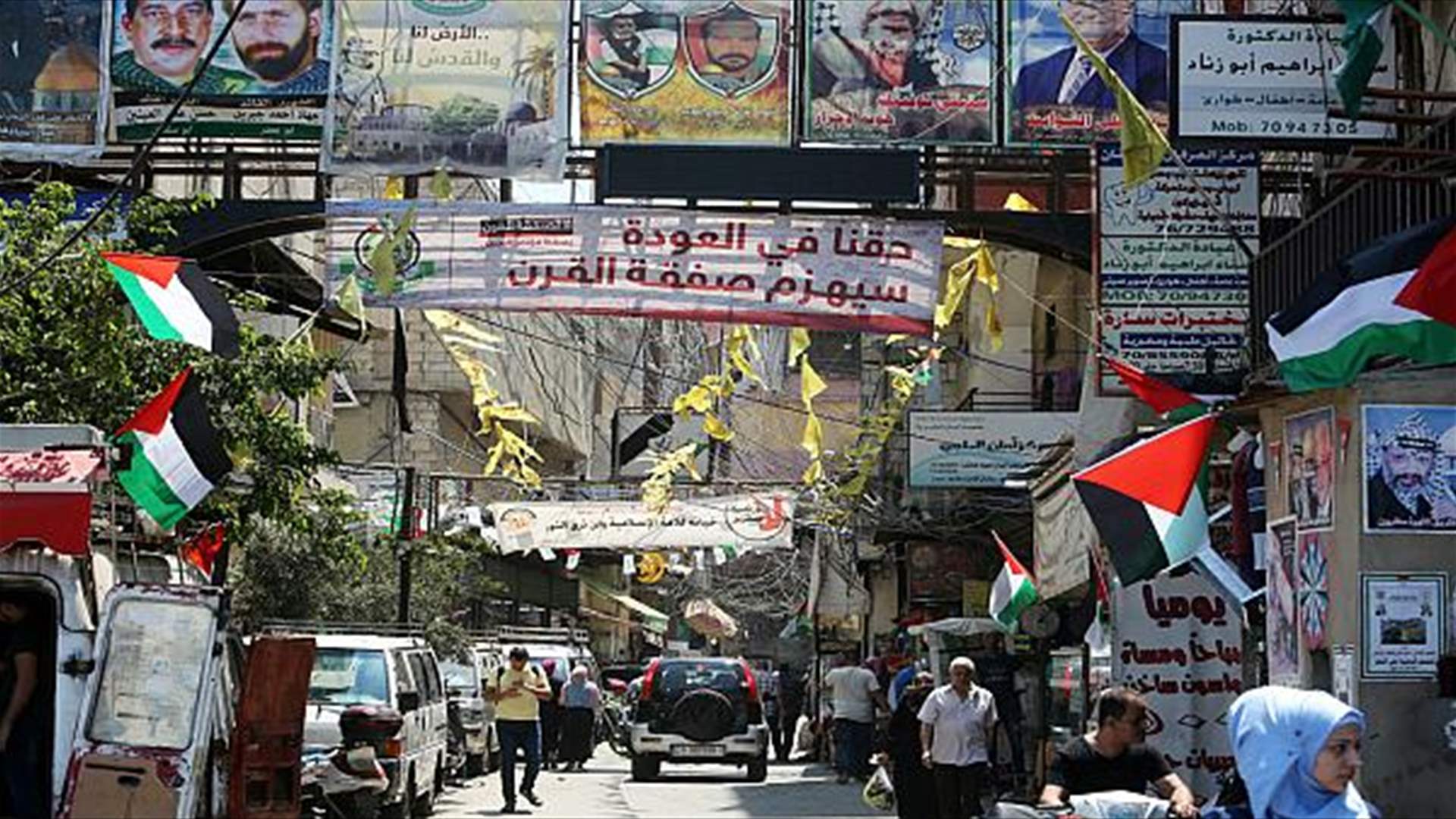Today, Lebanese authorities have initiated their long-awaited campaign to disarm non-state armed groups across the country and allow the state to consolidate arms possession.
The handovers have begun in Palestinian refugee camps, beginning with the Burj al-Barajneh camp in Beirut. Focal points in the camps have indicated that the handovers are limited to illegal weapons that might cause tensions and pose potential risks.
It remains unclear what types of weapons have been handed so far, including both size and typology.
The Lebanese government has also tasked the Lebanese Army with producing a strategy to consolidate all arms within the state by the end of the year. Al Jazeera reported that President Joseph Aoun and Palestinian President Mahmoud Abbas had agreed to disarm Palestinian factions in Lebanon earlier in May, with officials from both sides later agreeing on a timeline and mechanism.
The Easier of Two Disarmament Processes
People across the country remain on edge given the sensitivity of such a process, which remains the first of two major disarmament processes. Following or concurrent to the disarmament of Palestinian camps, Lebanon is also expected to finalize an arms handover process with Hezbollah.
While the agreement with Palestinian factions was facilitated by a general agreeableness from both sides, the Hezbollah handover process has already triggered social tensions across the country.
Hezbollah Secretary-General Sheikh Naim Kassem has explicitly refused to hand over weapons “to Israel”, warning that Lebanon “will have no life” if the government presses ahead with a U.S.-backed plan to disarm the group, vowing that “we’ll fight a Karbala battle if necessary.”
Prime Minister Nawaf Salam interpreted Kassem’s speech as an “implicit or direct” threat of civil war, and reminded that no one in Lebanon wants to return to a state of civil war.
Israeli Strikes Continue
Further aggravating the situation, Israeli strikes have resumed across the country, targeting multiple areas today in the southern regions of Tyre, Nabatieh, Deir el Zahrani, and Zawtar Sharqiya among others.
The strikes are concurrent with a continued Israeli occupation of five regions in Lebanon near the southern border, with concerns across the country of such an occupation expanding and further preventing residents of South Lebanon from returning.
Concerning the debate on Hezbollah’s disarmament, the ongoing Israeli strikes and occupation serve none of the two sides, only making the process more tension-ridden and associating each side with greater and more aggressive conviction to their position.


